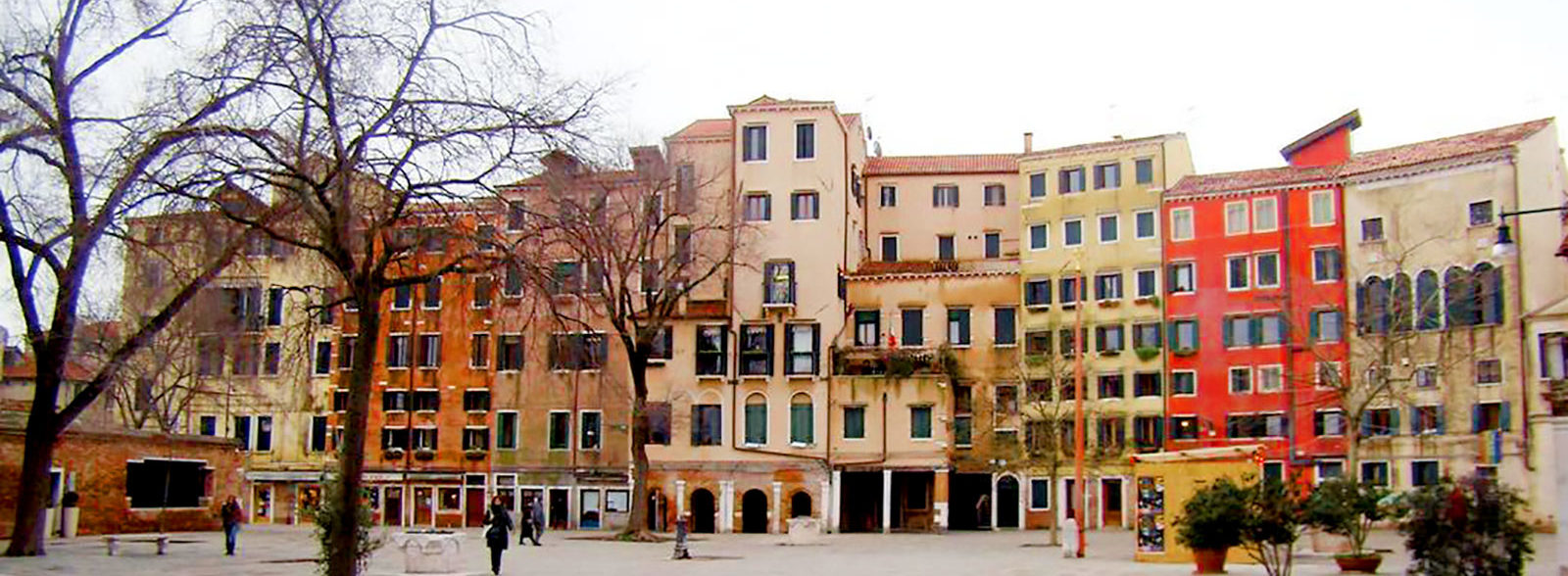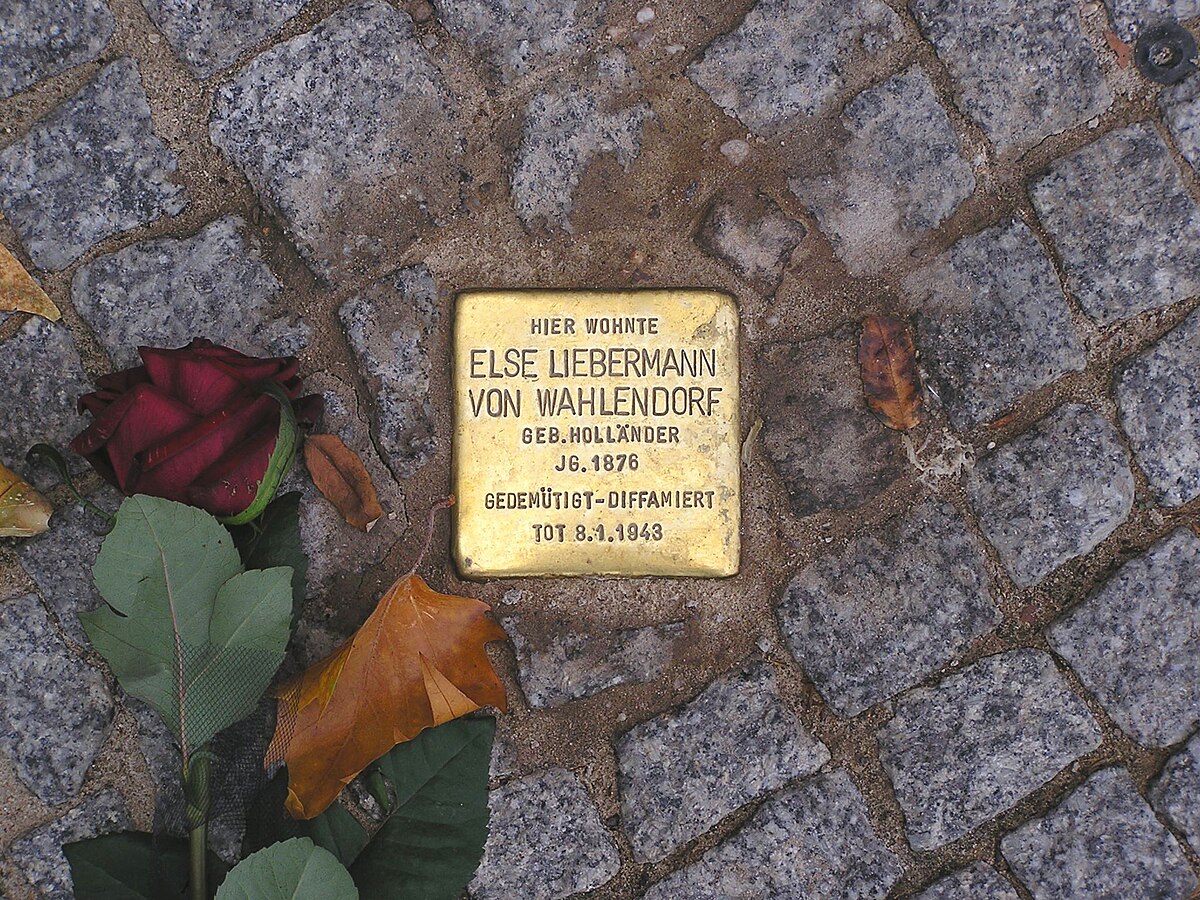From the birth of the Jewish “ghettos” to the commemoration for the Shoah
The Jewish community, although representing a very small percentage of the Italian population, has been continuously present in our peninsula for about 2200 years. In the ancient Rome, approximately in the 4th a. C., out of a total of 800 thousand people, it was estimated that there were 40 thousand Jews. Looking ahead a few millennia, we realize that out of a large number of inhabitants, there were only ten thousand more Jews. This number was destined to grow thanks to the arrival of the Jews expelled from Spain following the measure put in place by Ferdinand of Aragon and Isabella of Castile in 1492 (the so-called “Expulsion of the Marrani”).
In Italy, Jews have always lived in groups with different rites and traditions, depending on their origin and origin: Italian, Sephardic (from Spain) and Ashkenazic (German), to which are added other Jews of Persian, Lebanese, Egyptian and Libyan origin after the Second World War and the Shoah.
During the Holocaust, the creation of ghettos was a fundamental step in the process by which the Jewish communities of Europe were first brutally separated from the rest of the population, then persecuted, and finally exterminated. Usually, ghettos were enclosed neighborhoods that isolated Jews from non-Jews and other Jewish communities, and the living conditions within them were terrible. How do Jewish ghetti come to life?

Life in ghettos, let’s start from Venice
It seems that the term “ghetto” comes from what was probably one of the first ghettos, that of Venice, dating back to the fourteenth century. In fact, the area in which it arose was first of all an iron foundry (“from venetian geto or ghèto, intended as a jet, that is the cast of molten metal”; later it was designated as an integral part of the city dedicated to the Jews.
From Venice, then, the name was transferred to all the similar districts in Europe. It should be emphasized, however, that the ghetto, at the time of its establishment, was the rich quarter of a city, inhabited by merchants and usurers, closed at night and forbidden to non-Jews. “Only later Ghetto went to indicate a poor neighborhood”.
The characteristics of ghettos have changed considerably over the centuries and even relatively quickly: because Jews could not acquire land outside the ghetto during periods of population growth, the ghettos had narrow strades and tall and crowded houses. Every inhabitant of the ghetto respected the laws of a well-defined internal judicial system and, since often there was a need for a visa to leave the ghetto, it was rare that it could cross its borders, delimited by walls systematically closed at night and during the holidays.

Ferrara, between ghettos and Synagogues
The medieval district of Ferrara preserves the memories of a Jewish community among the oldest in Italy and the ghetto in which it was segregated from 1627 to the Unification of Italy. Via Mazzini was the main street of the ancient ghetto, where once the Jewish shops and the old buildings that kept their original structure were concentrated.
At its entrance to the Cathedral square there was one of the five closing gates of the district and at the top, between the two arches, a plaque recalls the institution of the ghetto. Via Vignatagliata, Via Vittoria and Piazzetta Isacco Lampronti constituted the Jewish quarter, with old buildings: brick houses, some unadorned others with richly decorated portals or with wrought iron balconies, the Jewish school where Bassani taught during racial segregation, the old unleavened oven, kindergarten and hospice.

Jewish quarter of Rome, between origins and history of ghettos
To really understand the evolution that has undergone this district over the centuries it is very important to know the history of the area. The Roman ghetto has a precise year of institution: 1555 when, following the emanation of a papal bull, the Roman Jews were forced to reside there. But why in this area? If in classical antiquity the Jews lived in particular in the area of the Aventine, in the course of the ‘500 it was the rione Sant’Angelo to accommodate a large part of the population.
In the course of history, the ghetto was repeatedly abandoned, thanks to the declarations of equal rights between Jews and Christians both in 1700 and 1800. These were short periods, however, followed by new reclusions, until 1870 when the opening of the Porta Pian;, thus ending the power of the popes.

Rome, what to see among the Jewish ghettos
Many consider it one of the most interesting and culturally alive districts of the city. Certainly it is a very suggestive area and there are many things to see. The Ghetto in Rome is famous especially for the Great Synagoguethe Great Temple, which dates back to the early 1900s. The architectural style is really special, during the construction, in fact, the aim was to break away from the canons of Catholicism and the result is a building inspired by Assyrian-Babylonian forms.
Inside, the Tempio Maggiore also houses the Jewish Museum of Rome, a true cultural institution not to be missed, when visiting Jewish Rome. The museum houses important historical finds, as well as exhibitions and temporary events. The Jewish ghetto in Rome; is a place that first of all celebrates the history and culture of the Jewish population: for this reason it is also a destination for Jews all over the world who want to rediscover their origins. Still in Via del Tempio, which is the beating heart of the ghetto, there is one of the most important Jewish primary schools in the city. Here it is common to see boys and men wearing the typical Jewish headdress, called kippah.
One last piece of advice: when walking through the streets of the ghetto, do not forget to look occasionally on the ground. You will find in fact numerous blocks in which are indicated the name and surname of some people. It is the project “stumbling blocks” to remember the citizens deported to the Nazi extermination camps.

Cover Image: pennaevaligia
